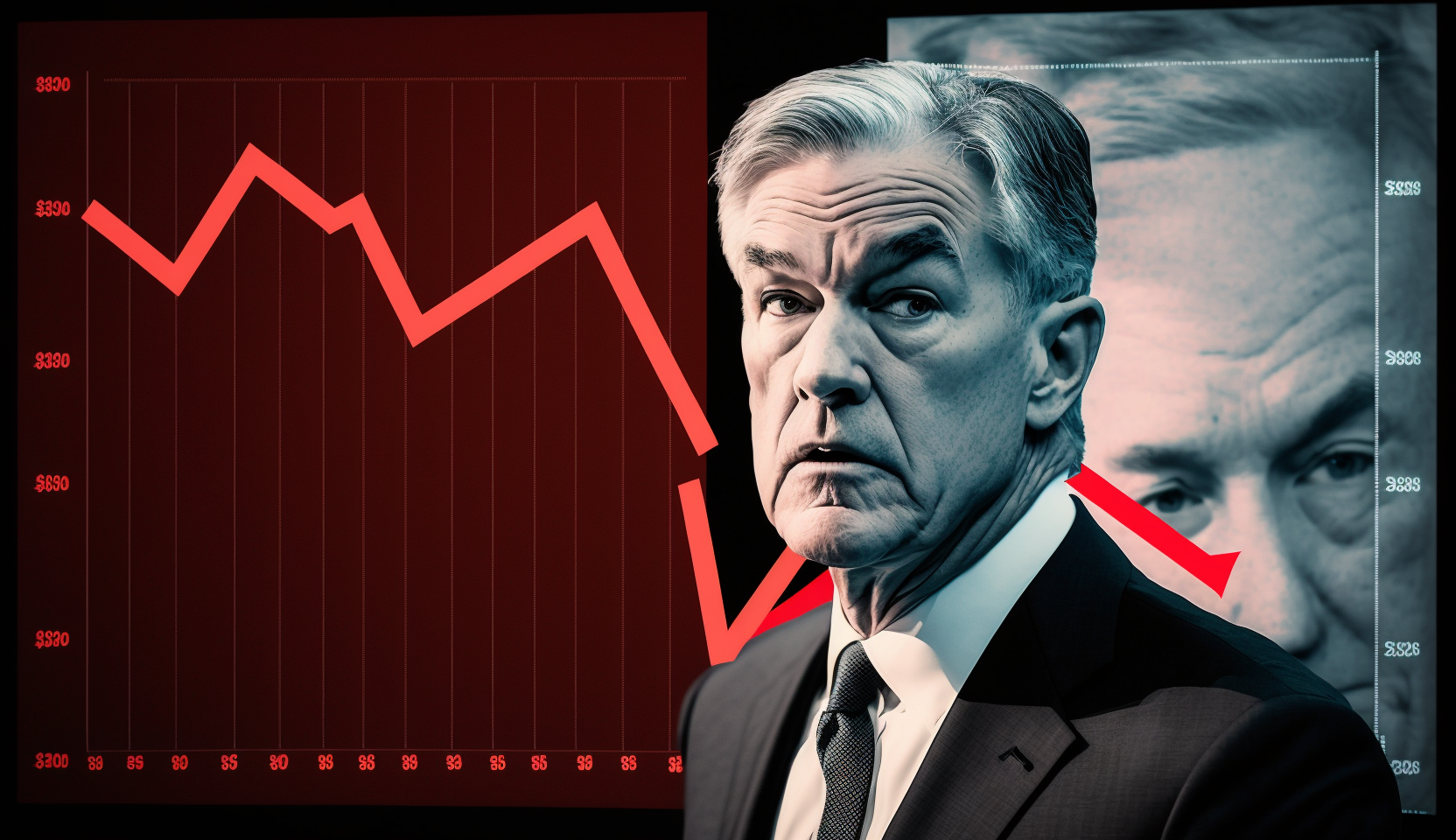The Federal Reserve’s carefully orchestrated path toward interest rate cuts hit an unexpected roadblock Thursday as producer price data revealed the most significant inflationary surge in over three years, casting doubt on the central bank’s timeline for monetary easing.
The Producer Price Index (PPI) jumped 0.9% in July, dramatically exceeding economists’ expectations of just 0.2% and marking the sharpest monthly increase since early 2022. This surge pushed annual producer inflation to 3.3%, the highest level since February and a stark reminder that the battle against rising prices remains far from over.
More concerning for policymakers was the performance of core producer prices, which strip out volatile food and energy costs to provide a clearer picture of underlying inflation trends. These prices rose 0.6% monthly, representing the largest increase since March 2022 and a significant acceleration from June’s flat reading. The annual core rate also hit 3.3%, matching February’s peak.
The timing of this inflation shock couldn’t be more problematic for the Federal Reserve. Just days after consumer price data showed inflation pressures remaining stubbornly above the Fed’s 2% target, producer prices have delivered another unwelcome surprise. Markets, which had priced in a virtual certainty of rate cuts beginning in September, are now recalibrating their expectations.
This producer price acceleration tells a troubling story about cost pressures flowing through the economy. Unlike consumer prices, which measure what households pay, producer prices capture the costs businesses face when purchasing goods and services. When these prices rise rapidly, companies face a critical decision: absorb the higher costs and accept reduced profit margins, or pass them along to consumers through higher retail prices.
Recent evidence suggests businesses are increasingly choosing the latter option. Economists point to growing margin pressures from tariffs on imported goods as a key driver behind this trend. Analysis from Nationwide indicates that while companies initially absorbed most tariff-related cost increases, margins are becoming increasingly strained by higher costs for imported goods, leading to expectations of stronger price pass-through to consumers in coming months.
The mechanics behind July’s surge reveal interesting dynamics within the economy. Analysis from Capital Economics highlighted an unusual increase in margins for wholesalers and retailers, suggesting that some of the price increases reflect strategic business decisions rather than pure cost pressures. This margin expansion indicates companies may be regaining pricing power after years of competitive pressure.
Financial markets reacted swiftly to the news, with stock indices declining as investors grappled with the implications for Federal Reserve policy. The probability of a September rate cut, which stood at 100% just Wednesday, dropped to approximately 95% following the release, while expectations for a larger 0.5% cut nearly evaporated entirely.
The producer price shock arrives at a particularly sensitive moment for Federal Reserve Chair Jerome Powell, who is scheduled to address the Jackson Hole Economic Symposium on August 22. This highly anticipated speech was expected to lay the groundwork for the Fed’s transition from restrictive monetary policy to a more accommodative stance. However, the recent inflation data complicates that narrative considerably.
For consumers already feeling the squeeze from elevated prices, the producer price surge offers little comfort. With businesses facing higher input costs and showing increased willingness to pass these expenses along, household budgets may face additional pressure in the months ahead. The disconnect between the Fed’s 2% inflation target and current price trends suggests that relief for American families remains elusive.
The path forward for monetary policy now appears more uncertain than at any point in recent months. While labor market softening and economic growth concerns continue to build the case for rate cuts, persistent inflation pressures argue for maintaining restrictive policies longer. Powell and his colleagues face the challenging task of balancing these competing forces while maintaining credibility in their inflation-fighting mission.
As markets await Powell’s Jackson Hole remarks, one thing has become clear: the Federal Reserve’s policy decisions will require careful calibration as conflicting economic signals continue to complicate the monetary policy landscape.




